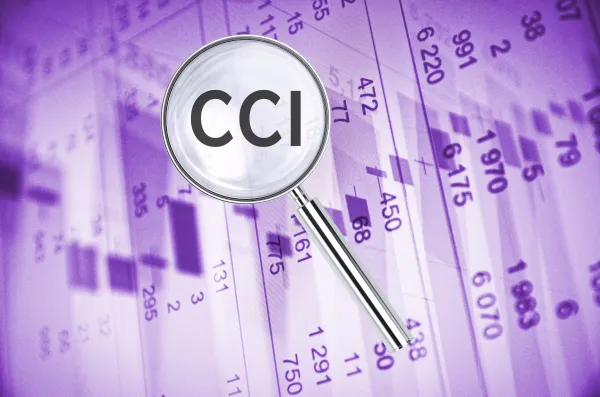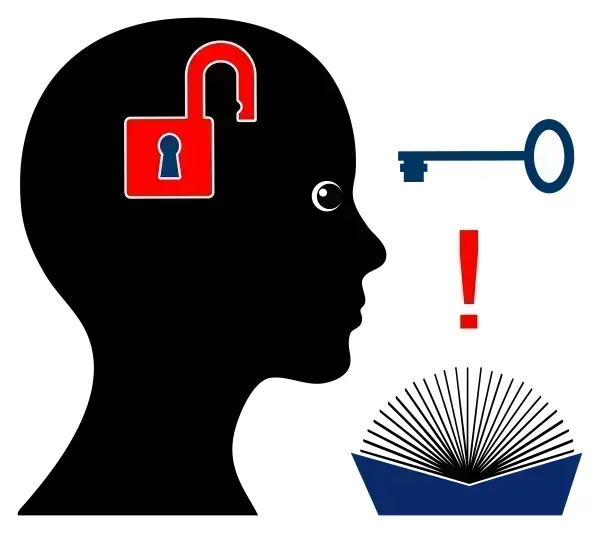Otolaryngology Coding Alert
Keep Track of These 4 MPFS Proposals
Calls for a complete overhaul of Medicare’s payment system grow louder. Practices may have hoped that the continued rise in inflation and the growing costs of running a medical practice would nudge the feds to keep pricing stable for 2024 Medicare payments. But that won’t be the case if the Medicare Physician Fee Schedule (MPFS) proposed rule is finalized without changes. Context: On July 13, the Centers for Medicare & Medicaid Services (CMS) issued its calendar year (CY) 2024 MPFS proposed rule, and per usual, the 2,033-page opus delivers some stand-out policies. Some actions, such as further advancing value-based care and expanding access to critical medical services, everyone can get behind. But other purported updates have industry organizations calling for a comprehensive overhaul of the broken and unsustainable Medicare payment system. Keep reading to learn about four MPFS proposals you should put on your watchlist. Pay Rate, Conversion Factor Reduction Looming Medicare providers might need to tighten their belts next year, as another year of payment cuts is on the horizon. The rule proposes cutting the 2024 MPFS conversion factor (CF) to $32.75, which represents a decrease of $1.14 (or 3.34 percent) from the 2023 CF of $33.89, reducing Medicare payment rates by 1.25 percent. This reflects the expiration of the 2.5 percent statutory payment increase for CY 2023, a 1.25 percent statutory payment increase for 2024, a 0.00 percent conversion factor update under the Medicare Access and CHIP Reauthorization Act, and a -2.17 percent budget-neutrality adjustment. CMS has said that proposed payment increases for primary care and other direct patient care providers meant that payment cuts must occur in other specialties to achieve budget neutrality. While specialties like internal medicine and family practice would see reimbursement increases, others are facing cuts, including allergy/immunology (-1 percent) and audiology (-2 percent). For some, like otolaryngology (0 percent), it’s a wash. The CF decrease is not reflected in these specialty impact estimations. PNN Ablation, AOI Services Code Details Ironed Out CMS proposes a work relative value unit (RVU) of 2.70 for both of the two new endoscopy codes for ablation of the posterior nasal nerve (PNN): 3X016 (Nasal/ sinus endoscopy, surgical; with destruction by radiofrequency ablation, posterior nasal nerve) and 3X017 (Nasal/sinus endoscopy, surgical; with destruction by cryoablation, posterior nasal nerve). Additionally, for the recently introduced CPT® codes for auditory osseointegrated implant (AOI) services, CMS proposes a work RVU of 1.25 for 926X1 (Diagnostic analysis, programming, and verification of an auditory osseointegrated sound processor, any type; first 60 minutes) and 0.33 for add-on code +926X2 (… each additional 15 minutes …). The agency went on to explain that since audiologists provide these device services, 926X1 and +926X2 are slated to join the list of audiology services that can be billed with modifier AB (Audiology service furnished personally by an audiologist without a physician/npp order for non-acute hearing assessment … once every 12 months, per beneficiary). Telehealth Flexibilities Can Continue The rule, if enacted as proposed, will make healthcare more accessible to all populations. For example, CMS is proposing to: Pay for telehealth services furnished in a patient’s home — POS 10 (Telehealth provided in patient’s home) — at the higher, non-facility PFS rate. POS 2 (Telehealth provided other than in patient’s home) will remain as-is, paid at the facility rate. The proposed rule would also serve to officially extend many of the flexibilities to coverage allowed during the public health emergency (PHE) for COVID-19 through 2024, including; direct supervision via telehealth through real-time audio and video and periodic assessments furnished via audio-only telecommunication. Policy To Redefine ‘Substantive Portion’ on Hold In addition, CMS is proposing another delay in implementing its new split/shared rules, with a start date now slated for Jan. 1, 2025. CMS finalized its split/shared policy that the provider who administers the substantive portion of the visit bills for the E/M services — whether it’s the physician or the nonphysician practitioner (NPP) — in the CY 2022 MPFS final rule and then delayed the implementation once already in the CY 2023 MPFS final rule. Hear What Industry Leaders Are Saying Provider organizations have decried the proposed payment cuts. “Medicare already largely fails to cover the cost of furnishing care to beneficiaries, and the proposed cut to the 2024 conversion factor compounds the problem,” said Anders Gilberg, MGA, senior vice president for government affairs at the Medical Group Management Association. “Congress must reexamine existing law to provide an annual physician payment update commensurate with inflation and do away with Medicare’s ‘robbing Peter to pay Paul’ budget neutrality requirements to provide much-needed financial stability for medical practices.” The AMA also panned the cut and heightened calls for Congressional reform to the Medicare physician payment system. “When adjusted for inflation, Medicare physician payment already has effectively declined 26% from 2001 to 2023 before additional inflation and these cuts are factored in … This is almost biblical in its impact. Seven lean years that include a pandemic and rampaging inflation. Physicians need relief from this unsustainable journey.” AMA President Jesse Ehrenfeld, MD, MPH, said in a statement. Comments: If you want to offer your two cents on these or other policies, you have until Sept. 11 to weigh in. Resource: Check out the MPFS proposals, which include instructions on commenting, at https://public-inspection.federalregister.gov/2023-14624.pdf.

Related Articles
Otolaryngology Coding Alert
- Medicare Physician Fee Schedule:
Keep Track of These 4 MPFS Proposals
Calls for a complete overhaul of Medicare’s payment system grow louder. Practices may have hoped [...] - ICD-10 2024:
Learn About the Latest Z Code Expansion
And take note of the updated verbiage in the SDoH guideline. Over the past few [...] - Compliance:
Assess Your Practice’s Accommodation Preparedness
Find four ways to enhance accessibility for deaf patients. Otolaryngology practices see patients of all [...] - You Be the Coder:
See How To Code Same-Day Posterior Epistaxis Treatment
Question: Our otolaryngologist treated a patient with posterior nasal bleeding. Later that day the epistaxis reoccurred [...] - Reader Questions:
Get the 411 on Complexity Add-On Code G2211
Question: Where do things stand with the implementation of add-on code G2211, and why is there [...] - Reader Questions:
Take Note of These Transtympanic Injection Coding Tips
Question: Our otolaryngologists commonly perform transtympanic therapeutic injections for conditions such as sudden sensorineural hearing loss [...] - Reader Questions:
Review How To Report Nasal Pack Removal
Question: I cannot find a CPT® code for removing a posterior nasal pack. I came across [...]




